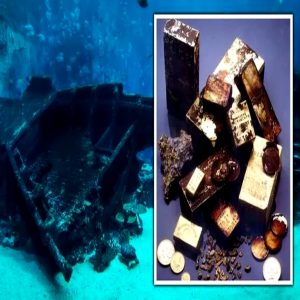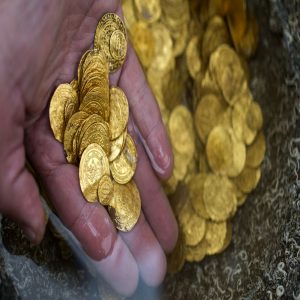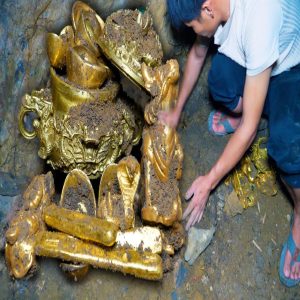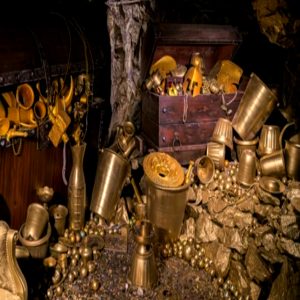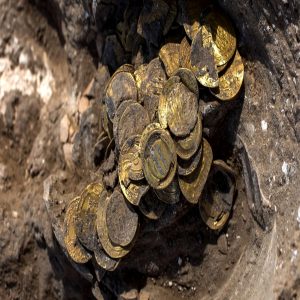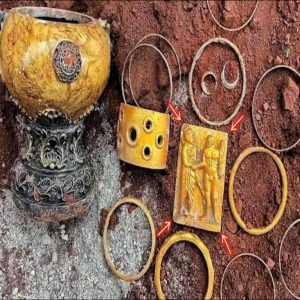 Photo courtesy: Panama’s Ministry of Culture
Photo courtesy: Panama’s Ministry of Culture
As per the latest development, in the Central American nation of Panama, archaeologists have revealed the discovery of an ancient tomb, which reportedly contains a remarkable amount of gold artifacts with historical and cultural significance deemed ‘incalculable.’ The announcement, made through a press release by the country’s Ministry of Culture, sheds light on this significant find at the El Caño archaeological site.
El Caño is home to a necropolis, a vast cemetery associated with the pre-Hispanic Gran Coclé culture. This culture thrived between 200 BC and AD 1550, which constructed the necropolis around AD 700, only to abandon it by AD 1000. The University of South Florida provides insight into the distinctive artistic style and the prevalence of finely crafted gold objects within this culture, particularly in Panama’s Coclé Province.
Within the tomb at El Caño, archaeologists uncovered a diverse collection of artifacts, predominantly ceramics, alongside a significant number of gold items.
Among these discoveries are two belts adorned with spherical gold beads, four bracelets, earrings shaped like human figures (depicting a man and a woman), a crocodile-shaped earring, five earrings made with sperm whale teeth encased in gold sheaths, bells, and a set of circular gold plates.
The treasure trove also includes other artifacts, such as an item crafted from dog teeth and a collection of bone-made flutes. Referring to this, Linette Montenegro, National Director of Heritage at the Ministry of Culture, added that the historical and cultural value of this assemblage of gold artifacts is just ‘incalculable.
 Photo courtesy: Panama’s Ministry of Culture
Photo courtesy: Panama’s Ministry of Culture
The tomb’s occupant, believed to be a high-status adult male or great lord, was found alongside various grave goods. Julia Mayo, Director of the El Caño Foundation and the archaeological project overseeing excavations since 2008, explained that the tomb also contained the remains of others, possibly sacrificed and buried to accompany the lord in the afterlife. The excavation, dating to around 750-800 AD, is not yet complete, making it unclear as to how many additional individuals are buried within. However, it is established that the lord was buried face down, a practice observed in other Coclé sites, atop a woman.

